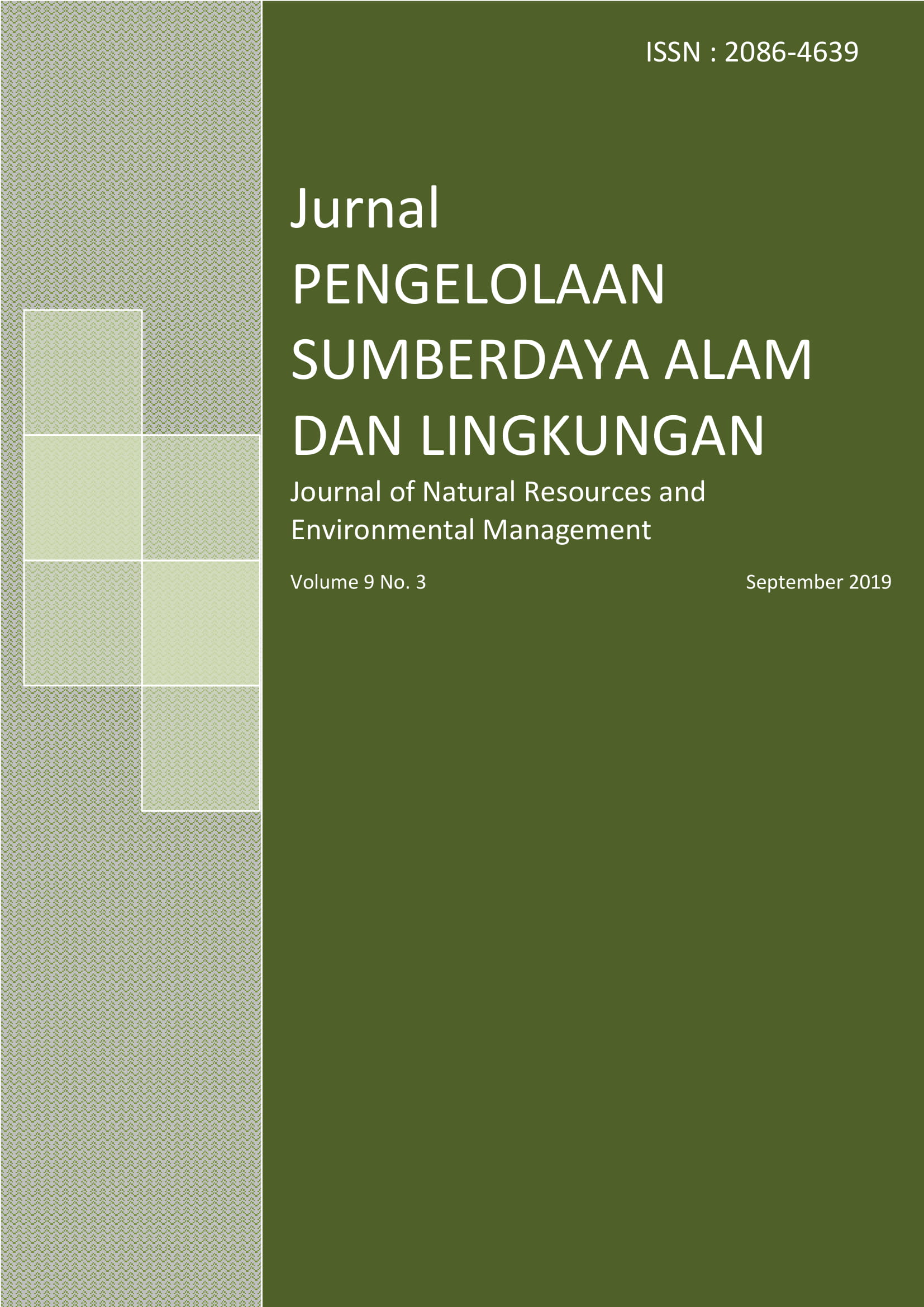Analisis kebutuhan pegawai di Balai Taman Nasional Alas Purwo
Abstract
References
Appleton, M. R., Texon G. I., dan Uriarte M. T., 2003. Competence Standards for Protected Area Jobs in South East Asia. Filipina, ARCBC.
[BKN] Badan Kepegawaian Negara, 2011. Peraturan Kepala Badan Kepegawaian Negara Nomor 19 Tahun 2011 tentang Pedoman Umum Penyusunan Kebutuhan Pegawai Negeri Sipil. Jakarta.
[BTNAP] Balai Taman Nasional Alas Purwo, 2011a. Keputusan Kepala Balai Nomor SK.331/BTNAP-1.1/2011 tentang Pengembangan Struktur Organisasi Balai Taman Nasional Alas Purwo serta Ruang Lingkup Pelaksanaan Tugasnya. Banyuwangi.
[BTNAP] Balai Taman Nasional Alas Purwo, 2011b. Keputusan Kepala Balai Nomor SK.332/BTNAP-1.1/2011 tentang Petunjuk Teknis Pelaksanaan Tugas Minimal Resort Lingkup Balai Taman Nasional Alas Purwo. Banyuwangi.
[BTNAP] Balai Taman Nasional Alas Purwo, 2017a. Keputusan Kepala Balai Nomor SK.47/T.38/TU-1/Peg.2.0/12/2017 tentang Mutasi dan Alih Tugas Pejabat Fungsional Umum dan Fungsional Tertentu Lingkup Balai Taman Nasional Alas Purwo. Banyuwangi.
[BTNAP] Balai Taman Nasional Alas Purwo, 2017b. Dokumen Role Model Pengembangan dan Fasilitasi Resort Based Management Taman Nasional Alas Purwo. Banyuwangi.
[BTNAP] Balai Taman Nasional Alas Purwo, 2018a. Daftar Urut Kepangkatan Balai Taman Nasional Alas Purwo Tahun 2017. Banyuwangi.
[BTNAP] Balai Taman Nasional Alas Purwo. 2018b. Laporan Kinerja Balai Taman Nasional Alas Purwo Tahun 2017. Banyuwangi.
Coad. L., Leverington, F., Burgess, N. D., Cuadros, I. C., Geldmann, J., Marthews, T. R., Mee, J., Nolte, C., Kleemann, S. S., Vansteelant, N., Zamora, C., Zimsky, M., dan Hockings, M., 2013. Progress towards the CBD protected area management effectiveness targets. Parks 19(1), pp 13-24.
[Dit KK] Direktorat Kawasan Konservasi, 2016. Laporan Penilaian Efektivitas Pengelolaan Kawasan Konservasi di Indonesia Tahun 2016. Jakarta.
Hockings, M., Stolton, S., Leverington, F., Dudley, N., dan Courrau, J., 2006. Evaluating Effectiveness: a Framework for Assessing Management Effectiveness of Protected Area. 2nd ed. Valentine P, editor. IUCN, Gland Switzerland.
Ivancevich, J. M., Konopaske, R., dan Matteson M. T., 2007. Perilaku dan Manajemen Organisasi Jilid 1. Erlangga, Jakarta.
[Kemenpan] Kementerian Pendayagunaan Aparatur Negara, 2004. Keputusan Menteri Pendayagunaan Aparatur Negara Nomor KEP/75/M.PAN/7/2004 tentang pedoman perhitungan kebutuhan pegawai berdasarkan beban kerja dalam rangka penyusunan formasi pegawai negeri sipil. Jakarta.
Leverington, F., Hockings M., Pavese H., Costa K. L., dan Courrau J., 2008. Management Effectiveness Evaluation in Protected Areas—A Global Study. Supplementary Report No. 1: Overview of Approaches and Methodologies. Gatton: The University of Queensland, Gatton, TNC, WWF, IUCN-WCPA.
Pemerintah RI, 2017. Peraturan Pemerintah Nomor 11 tahun 2017 tentang Manajemen Pegawai Negeri Sipil. Jakarta.
Stolton, S., dan Dudley, N., 2016. METT Handbook: A Guide to Using the Management Effectiveness Tracking Tool (METT). WWF-UK, Woking.
Authors
Authors who publish with this journal agree to the following terms:
- Authors retain copyright and grant the journal right of first publication with the work simultaneously licensed under a Creative Commons Attribution License that allows others to share the work with an acknowledgement of the work's authorship and initial publication in this journal.
- Authors are able to enter into separate, additional contractual arrangements for the non-exclusive distribution of the journal's published version of the work (e.g., post it to an institutional repository or publish it in a book), with an acknowledgement of its initial publication in this journal.
- Authors are permitted and encouraged to post their work online (e.g., in institutional repositories or on their website) prior to and during the submission process, as it can lead to productive exchanges, as well as earlier and greater citation of published work (See The Effect of Open Access).






